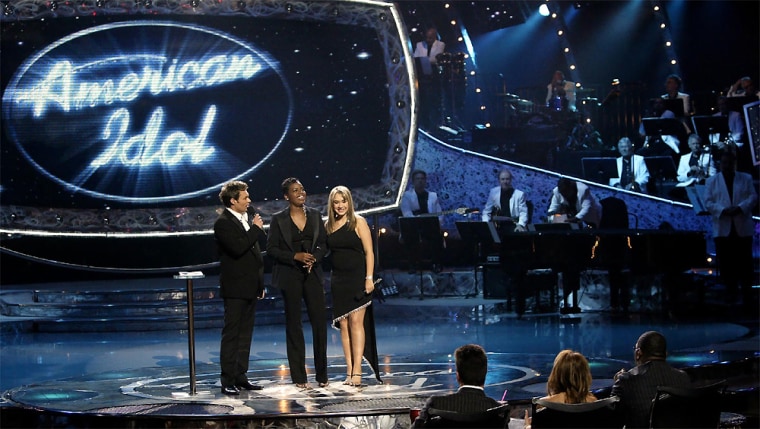Reality TV is a big money maker for the television networks — but how much money?
As the fall season kicks off this week with the premier of the second season of “The Apprentice” on GE-owned NBC, Forbes looked at how some of the most popular shows fared financially in their most recent installments. (MSNBC is a joint venture of NBC and Microsoft)
Fox's “American Idol” tops our list, followed by the CBS perennial “Survivor”, with Donald Trump's hit “The Apprentice” in third place and “The Bachelor” and “The Bachelorette”, both on Disney's ABC, taking the fourth and fifth spots respectively.
Big audiences draw advertising dollars of course, but there are other factors to a show's financial success. Although “American Idol” did have the highest ad rates — the cost of a 30 second spot averaged $415,000, according to Competitive Media Reports — the show also benefited from the fact that it ran twice a week and for much a longer stretch than its peers. The most recent installment of Idol, which aired between January and May of this year, logged a total of 41.5 broadcast hours, compared with just 14.5 hours of airtime for the “Survivor: Pearl Island” edition and 16 hours for “The Apprentice."
The Thursday night slots of both “Survivor” and “Apprentice” boosted those shows because that's when major movie studios spend heavily on ads to promote movies premiering that weekend. "‘Idol’, ‘Survivor’ and ‘Apprentice’ also fare well with advertisers because they're positive shows about the triumph of the human spirit,” says Peggy Green, the president of the national broadcast division of the ZenithOptimedia media services agency.
"Relationship shows like “The Bachelor” and “Bachelorette” are just not in the same league, since they sometimes portray people in a less flattering light that may not be embraced by the advertising community," she says. In other words, the humiliation-fests may draw viewers, but those audiences are often not of the same caliber as, say, the folks who made “Frasier” must-see TV.
These ad dollars aren't all gravy. In exchange for the right to air these shows, the networks pay hefty licensing fees for each episode they broadcast to producers, like reality's poster-boy Mark Burnett, creator of “Survivor” and “The Apprentice.” Last season's three most popular reality hits commanded fees of about $2 million an episode, while “The Bachelor” and “The Bachelorette” get about $1.5 million and $1.3 million an hour.
These days the economics of television are getting trickier as product-placement deals become more prevalent, and as reality show merchandising moves beyond “Friends” T-shirts and coffee cups to “American Idol” concert tours and CDs. Producers normally keep the lion's share of the licensing income generated by those businesses, while product placements have generally been factored into the cost of the commercials that advertisers buy.
That's changing this season, with “The Apprentice” reportedly nabbing special payments from corporate giants like Proctor & Gamble and Pepsi that are featured throughout entire episodes of the show's second installment. The bulk of those fees are likely headed for NBC's coffers. If this strategy works expect other reality shows, and maybe some scripted ones, to follow suit by featuring big brands in their stories.
For producers and networks alike, the reality racket is likely to keep getting more lucrative at least in the near future. The phenomenon will probably flame out eventually, but for now remains a bright spot on their balance sheets.
